Understanding Indian Tarantulas
Indian tarantulas, with their striking appearance and fascinating behaviors, have become increasingly popular as pets. However, caring for these arachnids requires knowledge and dedication. This comprehensive guide will provide everything you need to know about keeping an Indian tarantula happy and healthy. From understanding their basic needs to addressing potential health issues, you’ll gain valuable insights into responsible tarantula ownership. Owning an Indian tarantula is a rewarding experience, but it’s essential to be well-informed to ensure the well-being of your eight-legged companion. Let’s delve into the world of these amazing creatures.
What are Indian Tarantulas?
Indian tarantulas belong to the Theraphosidae family, known for their large size and often colorful appearances. They are native to the Indian subcontinent, found in various habitats, from tropical forests to more arid environments. These spiders are nocturnal hunters, primarily feeding on insects and occasionally small vertebrates. Their life cycle involves molting, a process where they shed their exoskeleton to grow. The lifespan of an Indian tarantula can vary depending on the species and sex, with females generally living longer than males. Understanding the basic biology of these creatures is crucial to providing the proper care they need.
Physical Characteristics and Appearance

Indian tarantulas exhibit a range of sizes and colors, depending on the species. They typically have a hairy body, with eight legs, two pedipalps (used for sensing and manipulating food), and two chelicerae (fangs). Some species, like the Poecilotheria regalis, boast vibrant patterns and colors. The size of the tarantula varies, with some species reaching a leg span of up to 10 inches. The overall appearance is often impressive, with a combination of size, texture, and coloration. The physical attributes play a significant role in their survival and hunting strategies within their natural habitat, allowing them to blend into their surroundings and efficiently capture prey.
Popular Indian Tarantula Species
Several Indian tarantula species are popular choices for pet owners. Each species has unique characteristics and care requirements. Researching different species is crucial before deciding which one is right for you. Consider factors such as size, temperament, and specific habitat needs. Some species may be more suitable for beginners, while others require advanced knowledge. Common species include the Poecilotheria regalis, known for its striking appearance, and other varieties. Understanding the differences between species helps you tailor your care to meet their specific needs.
Poecilotheria regalis
The Poecilotheria regalis, also known as the Indian ornamental tarantula, is a visually stunning species. It features a striking pattern of black and yellow markings on its legs and body. This species is arboreal, meaning it lives primarily in trees. They are known for their fast movements and potent venom. Proper handling precautions are essential. The Poecilotheria regalis requires a vertically oriented enclosure with plenty of climbing opportunities. Maintaining a warm and humid environment is also important. It is a rewarding species for experienced keepers who appreciate its beauty and unique behaviors.
Habitat and Natural Behavior
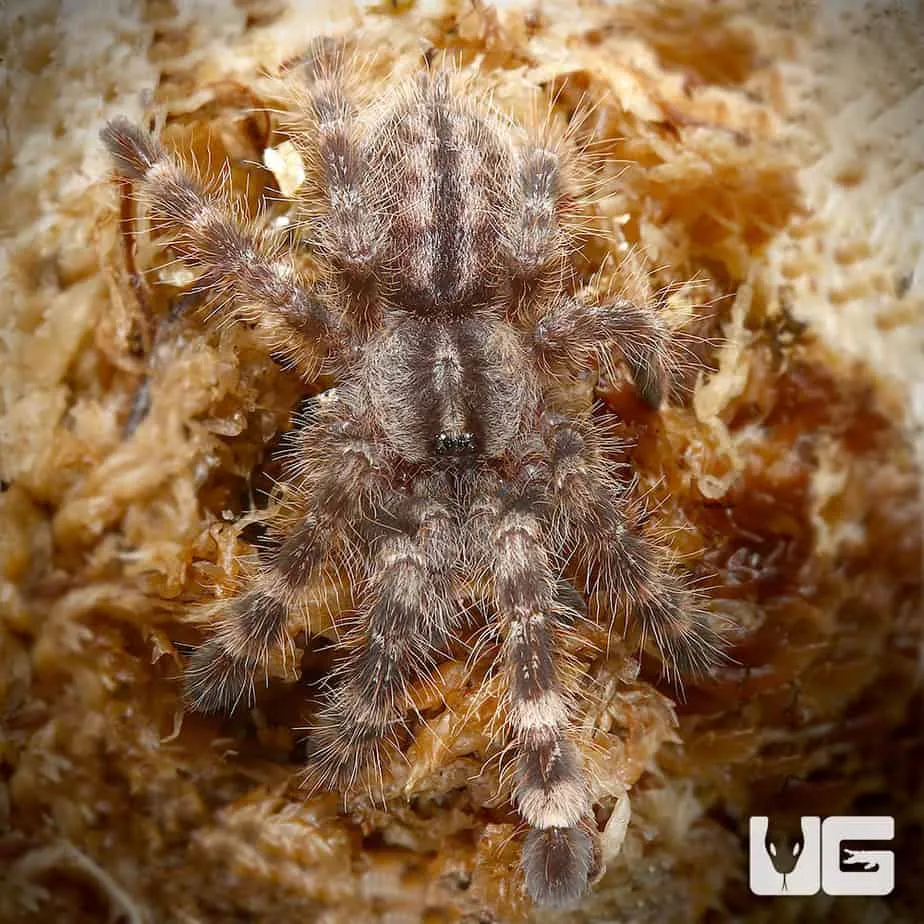
In their natural habitat, Indian tarantulas inhabit diverse environments. Some are terrestrial, dwelling in burrows, while others are arboreal, living in trees. They are ambush predators, waiting for prey to come within striking distance. Their behavior varies with the species, with some being more defensive than others. Understanding these natural behaviors helps you replicate their ideal living conditions in captivity. Providing appropriate enrichment, such as hiding places and climbing structures, promotes their well-being. Observing their natural behaviors can be a fascinating aspect of tarantula ownership, allowing you to appreciate their unique adaptations.
How to Set Up an Indian Tarantula Enclosure
Setting up the right enclosure is crucial for your tarantula’s health and happiness. The enclosure should provide a secure and comfortable environment that mimics their natural habitat. Factors to consider include size, substrate, decor, temperature, and humidity. Proper setup prevents stress and allows your tarantula to thrive. A well-designed enclosure also enhances your viewing experience, allowing you to observe your pet’s fascinating behavior. Taking the time to create an appropriate setup ensures your tarantula’s long-term well-being and provides a visually appealing display.
Enclosure Size and Type
The size and type of enclosure depend on the species and the tarantula’s size. For terrestrial species, a terrarium with a horizontal orientation is suitable. Arboreal species require a taller enclosure with vertical space for climbing. Ensure the enclosure has a secure lid to prevent escape. Ventilation is also important to maintain air quality and prevent mold growth. Choose a size that allows your tarantula to move around comfortably, usually providing at least two to three times the leg span of the tarantula in width and length. The right enclosure provides a safe and stimulating environment.
Substrate and Decor
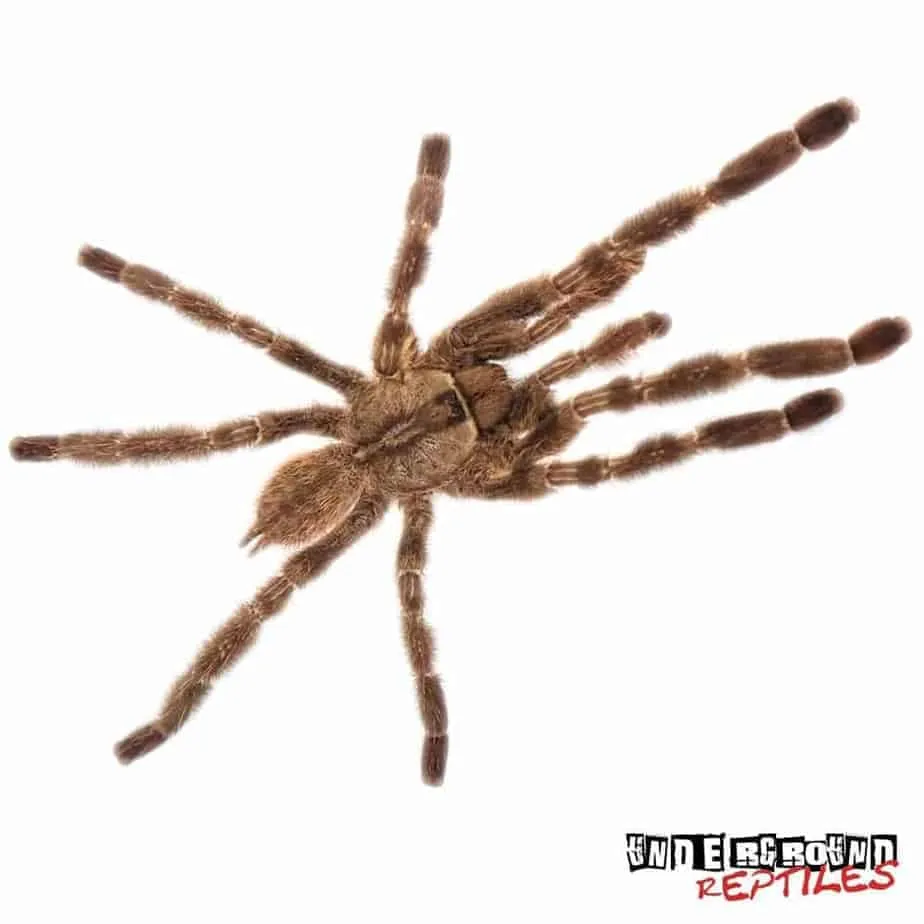
The substrate, or bedding, should be chosen to provide a comfortable and safe environment. Suitable substrates include coco coir, peat moss, or a mix of both. The substrate should be deep enough for burrowing species to dig. Decor can enhance the enclosure, providing hiding places and visual stimulation. Cork bark, artificial plants, and sturdy branches are excellent options. Ensure all decor is clean and non-toxic. Avoid sharp objects that could harm your tarantula. The correct substrate and decor contribute to your tarantula’s well-being and create a naturalistic environment.
Temperature and Humidity
Maintaining the correct temperature and humidity levels is essential for your tarantula’s health. Use a thermometer and hygrometer to monitor the conditions. Most Indian tarantulas thrive in temperatures between 75-85°F (24-29°C). Humidity levels vary depending on the species. Terrestrial species typically require lower humidity levels (60-70%), while arboreal species need higher humidity (70-80%). Use a heat source, such as a heat mat, to maintain the correct temperature. Mist the enclosure regularly to maintain humidity levels. Consistent monitoring and adjustments ensure your tarantula’s comfort and prevent health issues.
Feeding Your Indian Tarantula
Proper feeding is crucial for your tarantula’s growth and health. Provide a varied diet that meets their nutritional needs. Understanding what to feed, how often to feed, and how to provide water ensures your tarantula receives the necessary sustenance. Overfeeding and underfeeding can both lead to health problems. Careful attention to your tarantula’s eating habits and body condition helps you adjust the feeding regimen as needed. A well-nourished tarantula is more likely to be active and healthy.
What to Feed
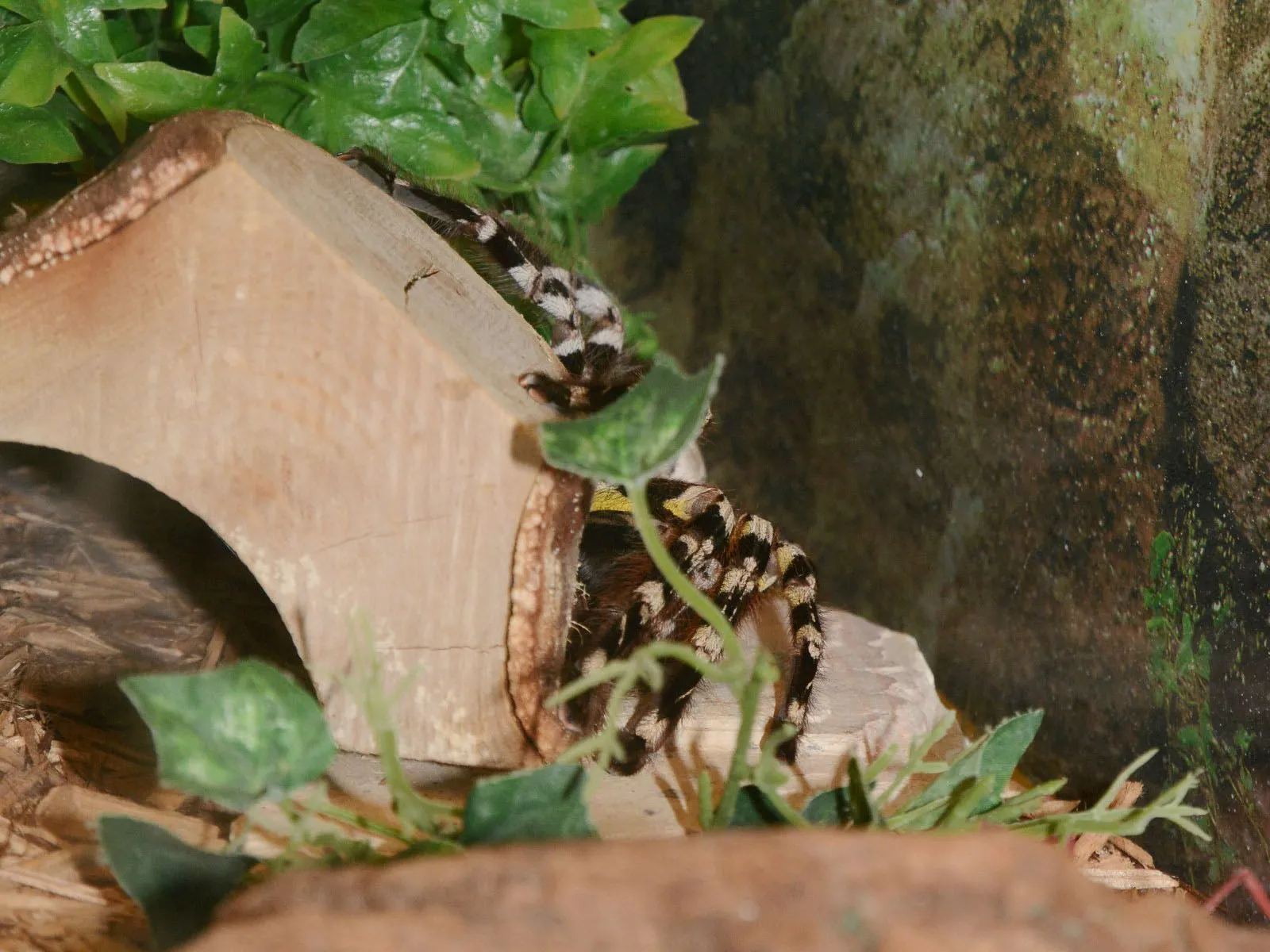
Indian tarantulas primarily eat insects. Suitable feeders include crickets, mealworms, cockroaches, and locusts. The size of the prey should be appropriate for the tarantula’s size. It’s generally recommended that the prey be no larger than the tarantula’s body size. Ensure the insects are gut-loaded before feeding them to your tarantula. This means feeding the insects nutritious food, which provides the tarantula with essential vitamins and minerals. Avoid feeding wild-caught insects, as they may contain parasites or pesticides. A varied diet ensures your tarantula gets all the nutrients it needs.
Feeding Frequency
The feeding frequency depends on the tarantula’s age and size. Young tarantulas and juveniles should be fed more frequently, typically every 2-3 days. Adult tarantulas can be fed less often, usually once a week or every two weeks. Observe your tarantula’s behavior and body condition. If it appears thin, increase the feeding frequency. If it refuses food, it may be about to molt or may not be hungry. Always remove uneaten prey within 24 hours to prevent stress and mites. Adjusting the feeding schedule based on your tarantula’s needs is crucial for its health.
Water and Hydration
Providing fresh water is essential for your tarantula’s hydration. Use a shallow water dish that is easily accessible but prevents drowning. Keep the water clean and change it regularly. In addition to a water dish, some species may benefit from misting their enclosure to increase humidity and provide a source of drinking water. Be sure the water is dechlorinated. Proper hydration ensures your tarantula can molt correctly and stay healthy. Regularly check the water dish and mist the enclosure as needed, depending on the species and its requirements.
Handling and Safety
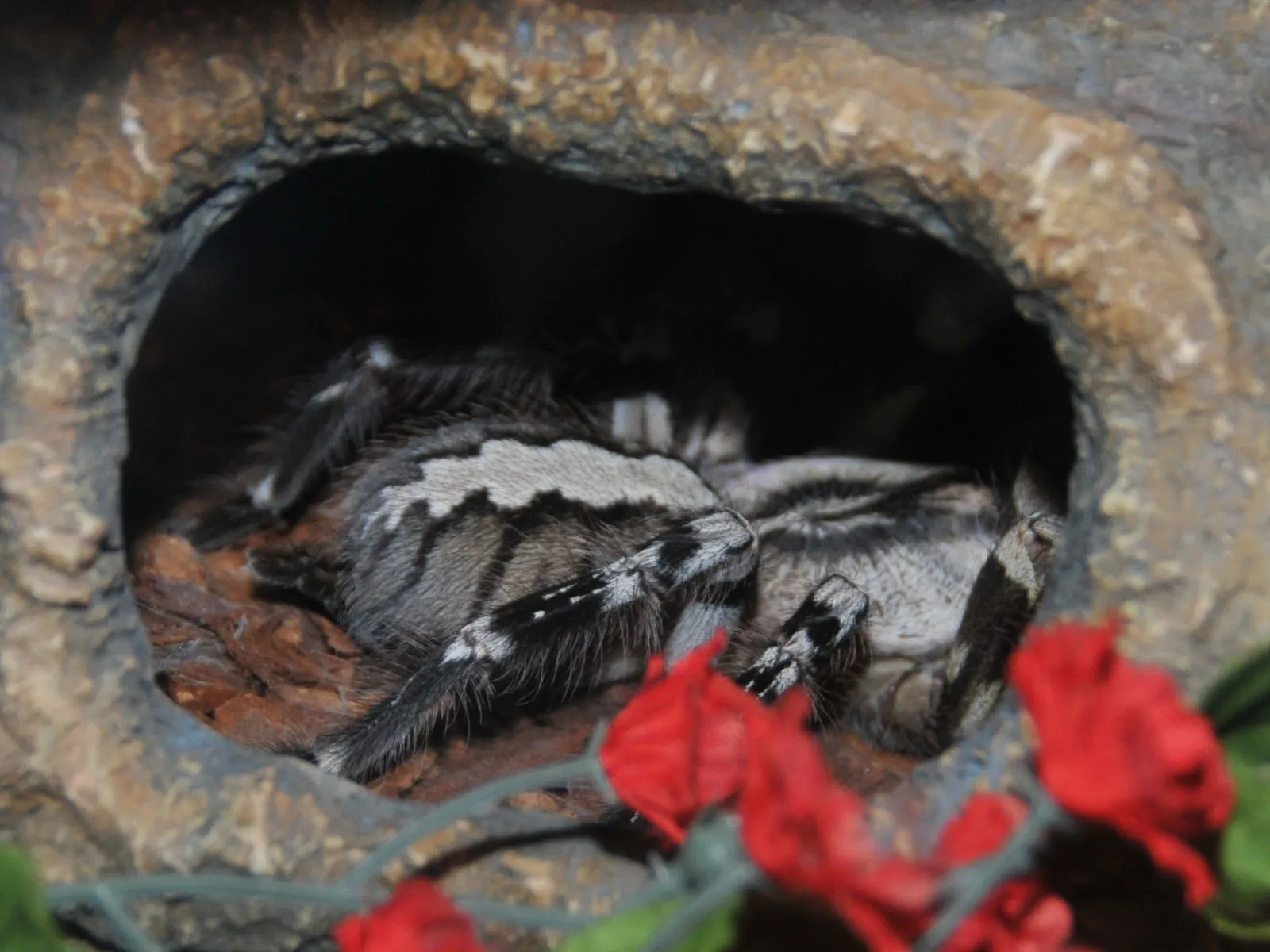
While some tarantulas are docile, it’s important to remember that they are wild animals. Handling tarantulas carries risks, including bites and the release of urticating hairs. Understanding when and how to handle your tarantula, along with necessary safety precautions, is crucial for both your safety and the well-being of your pet. Careful and respectful interaction minimizes risks and ensures a positive experience for both you and your tarantula. Prioritizing safety is always the best approach.
When to Handle
Generally, it’s best to avoid handling your tarantula unless necessary. Handling can stress the spider, potentially leading to defensive behavior. However, if you need to handle your tarantula for enclosure maintenance or health checks, do so with caution. Choose a time when your tarantula is calm and not likely to be in a defensive posture. Avoid handling after feeding or during molting. Always assess the tarantula’s behavior before attempting to handle it. Many experienced keepers prefer to observe their tarantulas rather than handle them, as this minimizes stress.
Safety Precautions
If you choose to handle your tarantula, take several safety precautions. Wash your hands thoroughly before and after handling. Handle the tarantula close to the ground or a soft surface to minimize the risk of injury if it falls. Be aware of the tarantula’s behavior. If it appears agitated or defensive, do not handle it. Avoid sudden movements. If bitten, seek medical attention if symptoms appear serious, although tarantula bites are rarely life-threatening. Urticating hairs can cause skin irritation. Wear gloves and long sleeves when working in the enclosure to protect yourself. Prioritizing safety will ensure a positive experience for both you and your pet.
Common Health Issues and Care
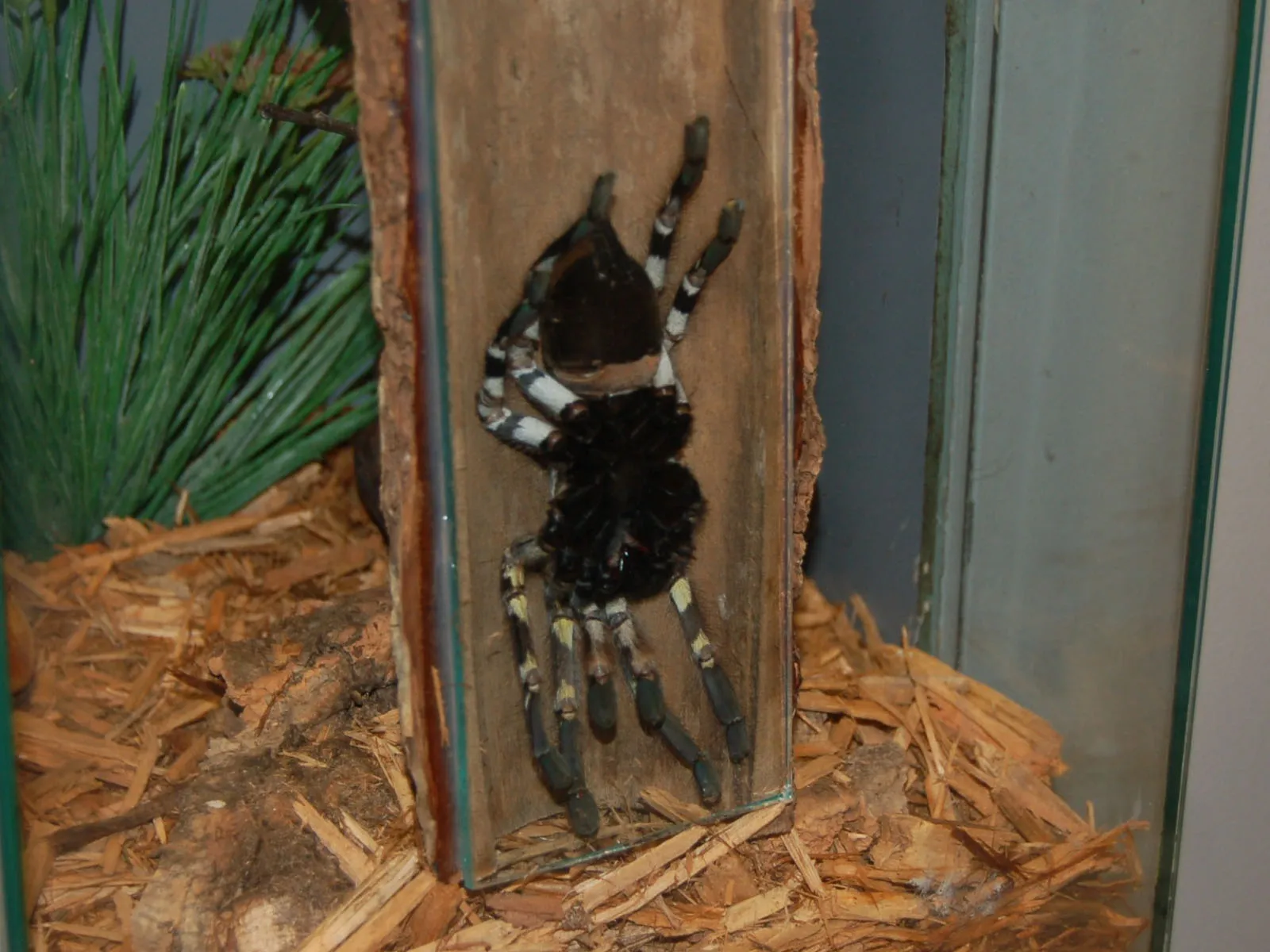
Tarantulas can be susceptible to various health issues. Recognizing the signs of illness and providing preventative care are crucial aspects of responsible tarantula ownership. Regularly inspecting your tarantula and its enclosure helps you catch potential problems early on. Understanding the common health issues and knowing how to address them allows you to ensure your tarantula lives a long and healthy life. Early intervention is often key to successful treatment and recovery.
Recognizing Signs of Illness
Observe your tarantula regularly for any signs of illness. These include loss of appetite, lethargy, unusual posture, and changes in color or behavior. Difficulty molting is another sign of potential health problems. Check for mites or other parasites. Look for any swelling, discoloration, or unusual discharge. If you notice any of these signs, consult an experienced tarantula keeper or a veterinarian familiar with exotic animals. Early detection and intervention are crucial for addressing potential health concerns. Always be vigilant and proactive.
Preventative Care
Preventative care can help to keep your tarantula healthy. Maintain a clean enclosure, replacing the substrate regularly. Provide a varied diet and proper hydration. Ensure that the temperature and humidity levels are correct for your species. Avoid overcrowding the enclosure. Quarantine new tarantulas before introducing them to your existing collection. Handle your tarantula as little as possible to minimize stress. Regularly inspect your tarantula for signs of illness or parasites. By following these preventative care practices, you can significantly increase your tarantula’s chances of a long and healthy life.
Conclusion
Caring for an Indian tarantula can be a rewarding experience. By understanding their needs, providing the right habitat, feeding them properly, and taking the necessary safety precautions, you can enjoy a long and fulfilling relationship with these fascinating creatures. Remember to research your chosen species thoroughly and be prepared to provide the care they require. With dedication and knowledge, you can create a thriving environment where your Indian tarantula can flourish. Enjoy the beauty and wonder of owning these amazing animals.
